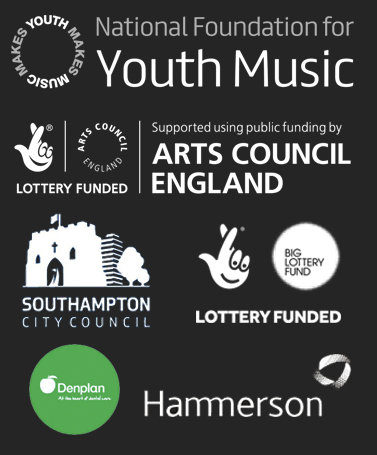When you are making music with a child, how do the sounds you make relate to what the child is doing?
Sustainable Early Years Music (SEYM) – Toolkit
Ways of Playing
Your ways of playing will change depending on what you want to achieve. If you wanted to get the attention of a large group of children before starting an adult-led activity, the way you use an instrument or your voice would not be the same as if you were aiming to gently support or accompany a child’s quiet vocalisations. Here are some key ways of playing to have in mind.
Quiet listening and looking: listening is doing. Especially when you are getting to know a child, sometimes all you need to do is paying attention and tuning into how they are moving, what sounds they are making, what they looking at, what they are playing with, as well as verbal or nonverbal utterances.
Supporting: when you want the children’s input to be the main sound, your playing should be grounding. Supportive ways of playing are usually repetitive, regular, and accompany what a child is doing without interfering or attracting too much attention. This can be a steady beat, a regular chord pattern on the guitar, or a sustained sound or drone.
Initiating: when your playing is initiative you are purposely trying to get a child’s attention or influence what they are doing. This includes verbal and nonverbal prompts used in adult-led activities as well as subtle cues generated by nuances in your playing, the resources you provide, and how you set up a room during child-led music engagement.
Interacting: while listening, supporting and initiating involve different levels and forms of interaction, sometimes your main goal is to explore fluid and spontaneous cause-effect exchanges. Your playing is more interactive when it changes, starts or stops following sounds or movements made by a child. Interactions are reciprocal, create different levels of anticipation and often lead patterns or routines that change over time. Interactive exchanges can feel like dialogues, others consist of overlapping or simultaneous sounds and actions that affect one another. They often involve echoing or imitating sounds, but also unpredictable changes and contrasts.

